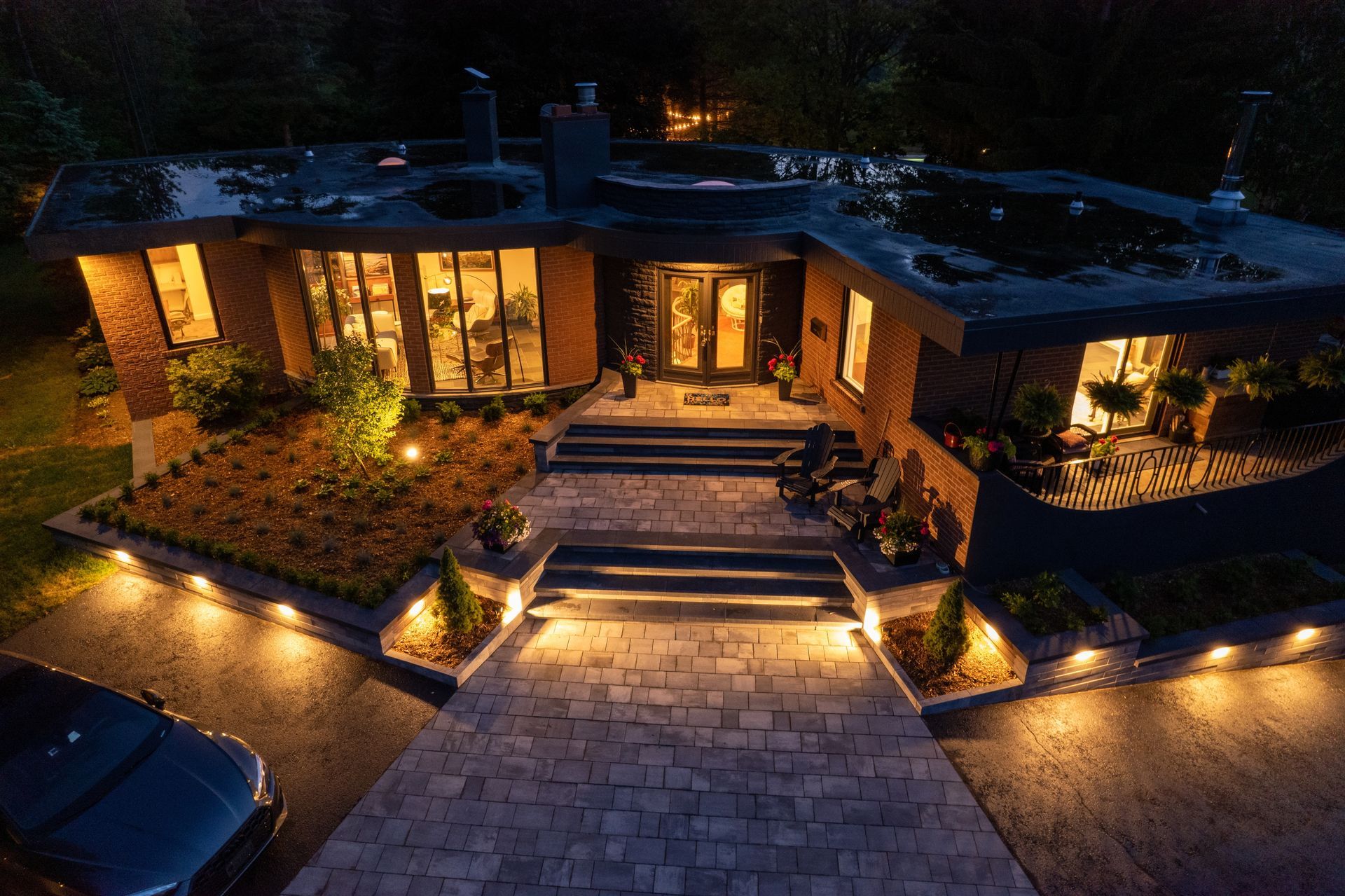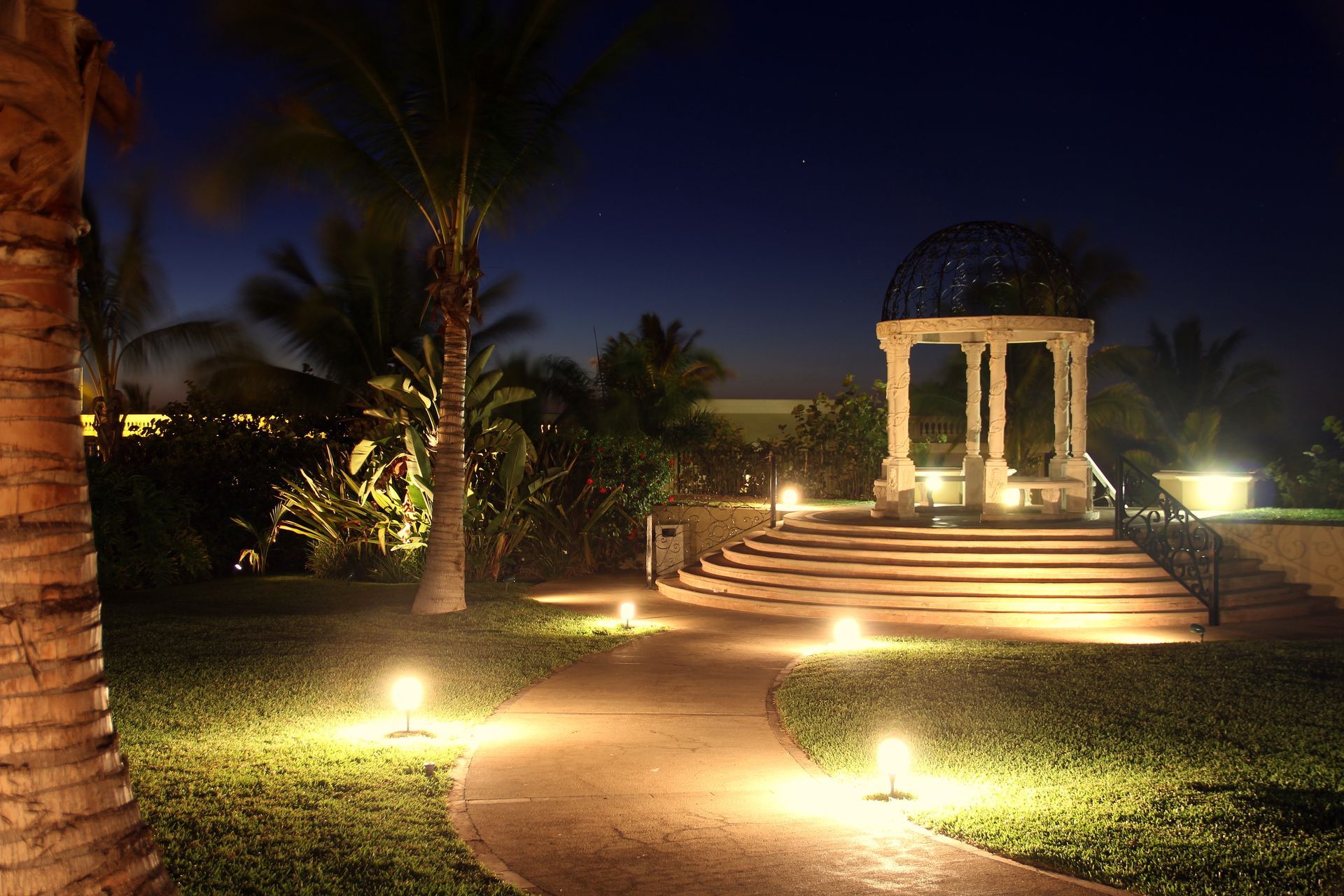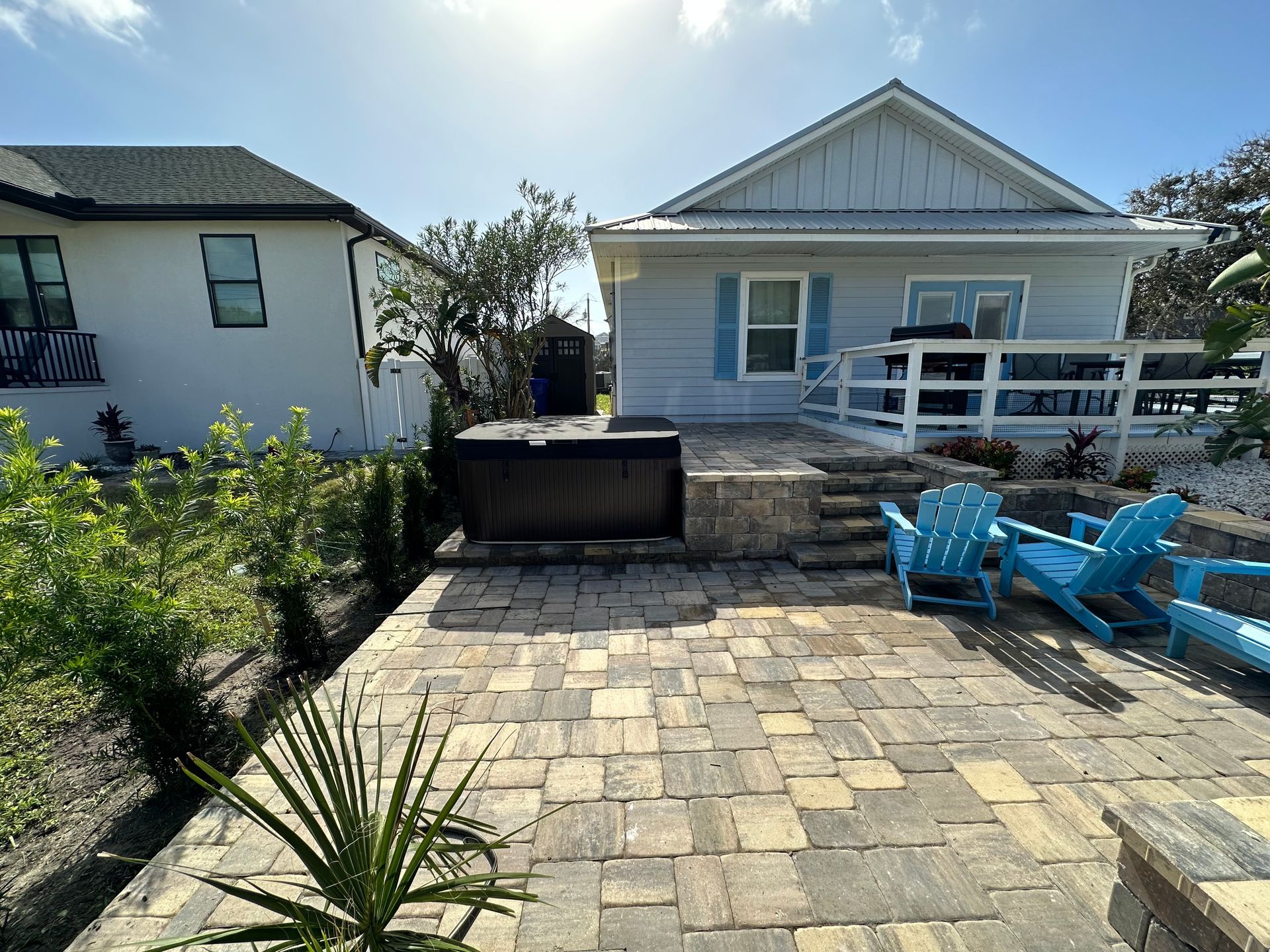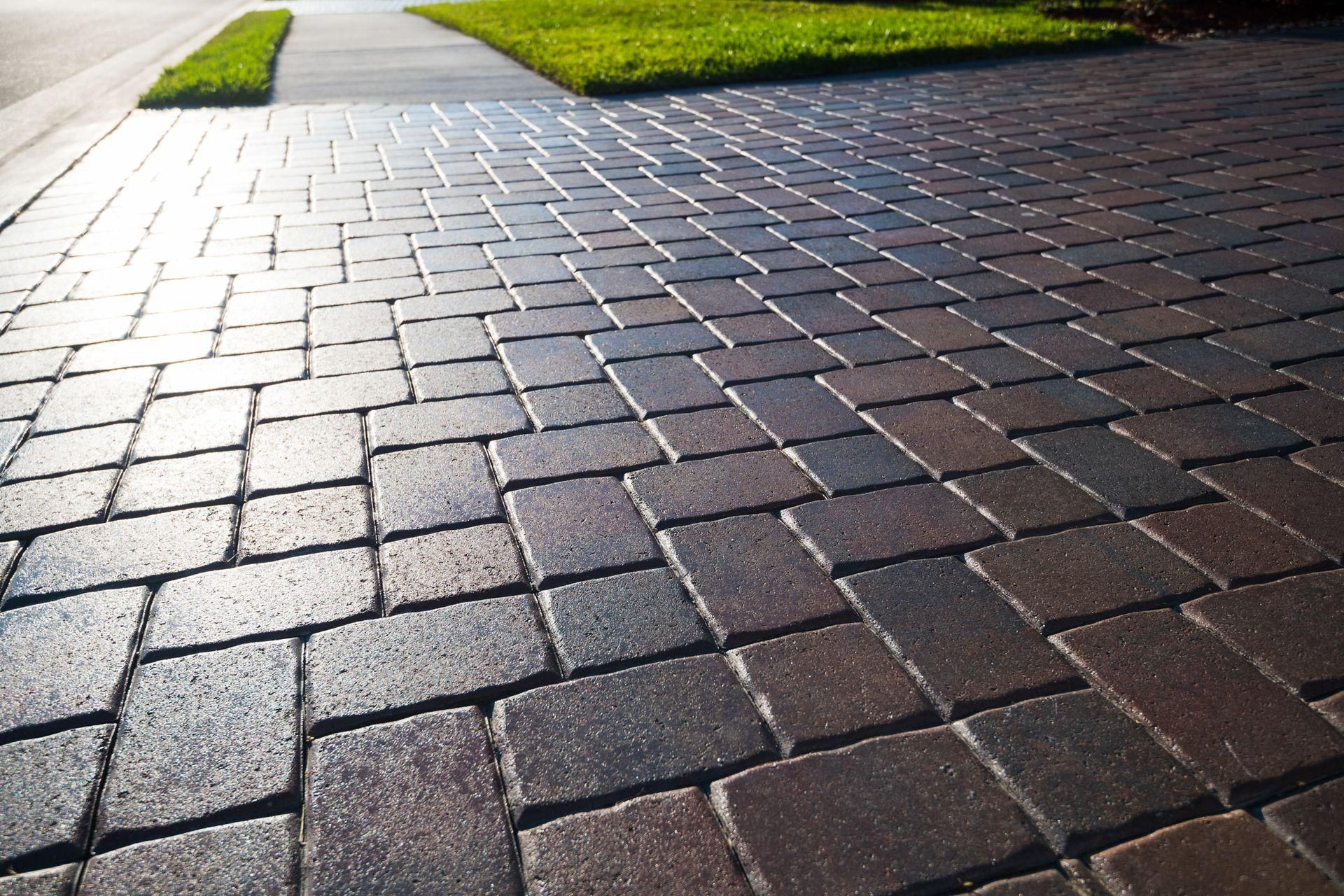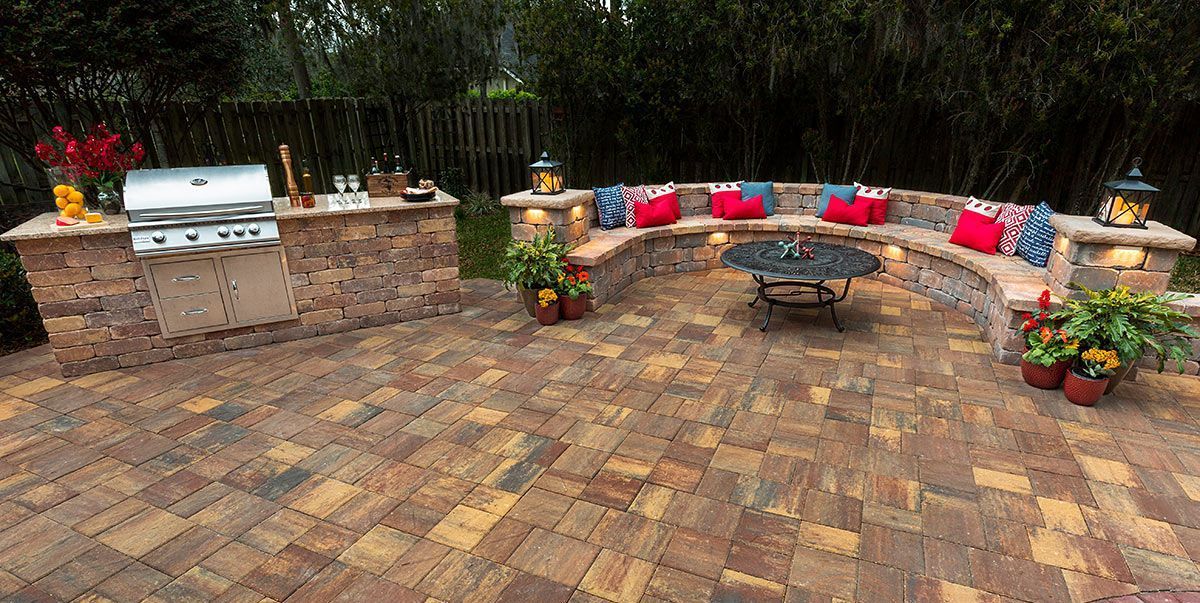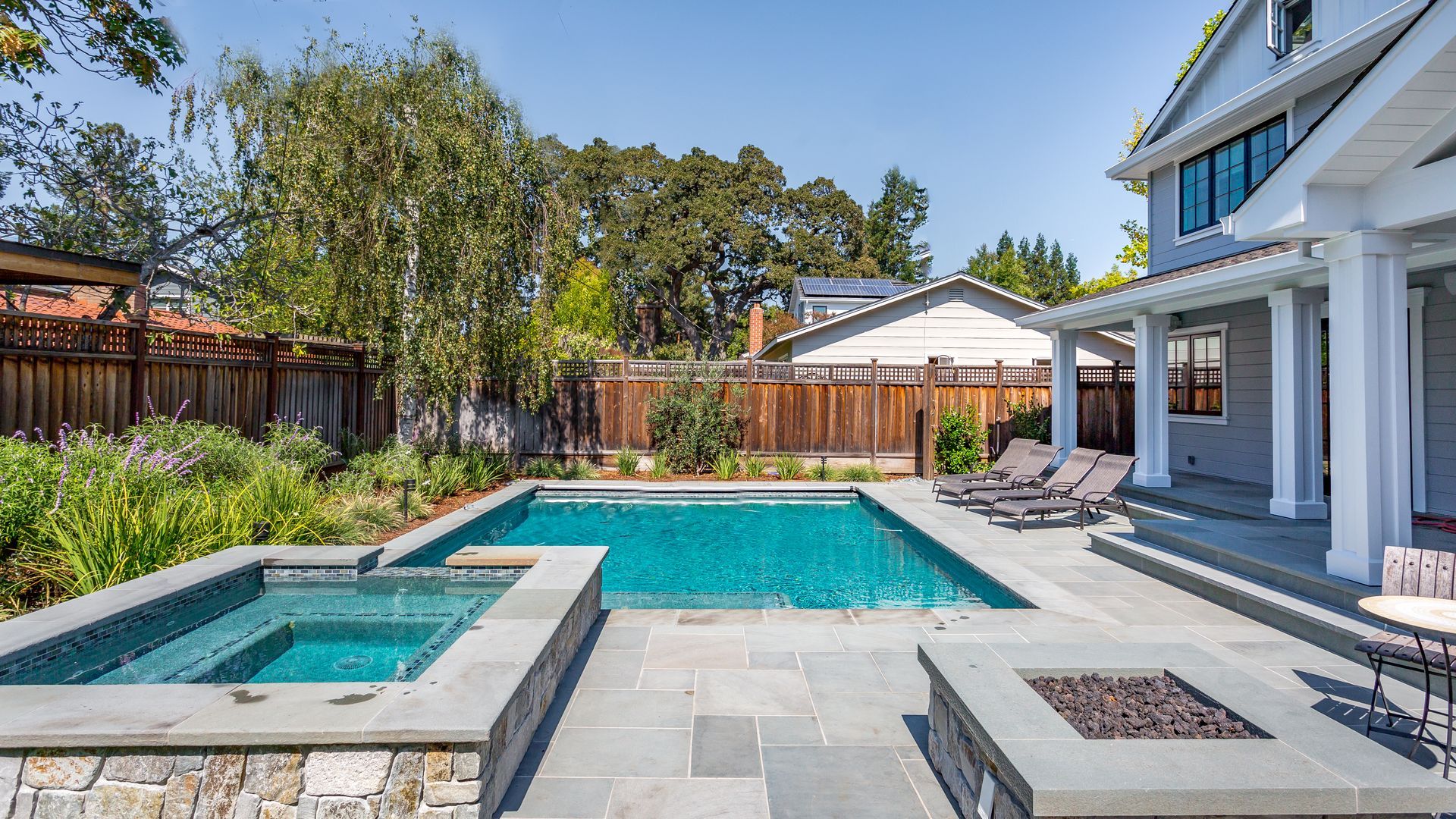Native Plants vs. Traditional Landscaping: Which Needs Less Water?
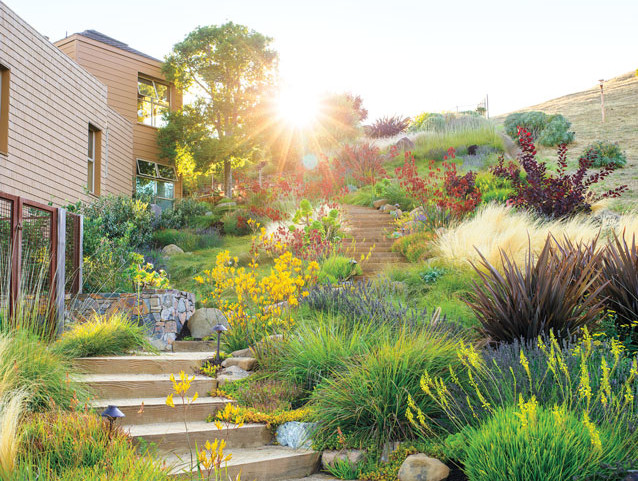
What Are Native Plants?
Native plants are the trees, flowers, and grasses that naturally grow in a certain area. They’ve been around for thousands of years, adapting to the local weather, soil, and seasons. Because of this, they don’t need much watering or special care once they’re settled in.
They often have:
- Deep root systems that tap into underground moisture
- Seasonal growth cycles that match local rainfall patterns
- Built-in resistance to common regional pests and diseases
Examples of Native Plants in Different Regions:
- Southwest (Hot & Dry): Agave, Sagebrush, Desert Marigold
- Southeast (Warm & Humid): Southern Magnolia, Black-Eyed Susan
- Midwest (Grassy Plains): Purple Coneflower, Little Bluestem Grass
- Northeast (Cooler Climate): Red Maple, Wild Geranium
Why do native plants matter? They help local birds, bees, and butterflies by giving them food and shelter. Plus, they’re naturally tough, so they don’t need pesticides or extra care.
What Is Traditional Landscaping?
Traditional landscaping is what you’ll see in most suburban yards:
Green lawns, trimmed hedges, exotic flowers—many of which are not suited to the local environment.
These plants often need:
- Frequent watering
- Soil amendments (like fertilizers or pH balancers)
- Pest control to survive local bugs or diseases
- Ongoing maintenance and trimming
Common Traditional Landscaping Plants:
- Kentucky Bluegrass – A go-to for lawns, but it drinks up water fast.
- Roses & Tropical Plants – Pretty, but they need constant watering and fertilizer.
- Boxwood Shrubs – Great for hedges, but they struggle in dry weather.
These plants were chosen for looks—not for water efficiency or durability.
Without regular irrigation and care, many dry out, attract pests, or simply fail to grow.
Which Landscaping Style Uses More Water?
Which Landscaping Style Uses More Water?
It includes shallow-rooted plants and turfgrass that require constant irrigation.
Water Use of Native Plants
Once they’re established (usually after the first growing season), native plants rarely need watering at all.
Their deep roots help them reach moisture even during dry spells.
Examples:
- Prickly Pear Cactus can go months without rain
- Black-Eyed Susans thrive on seasonal rainfall
- Buffalo Grass, a native lawn alternative, uses far less water than traditional turf
Water Use of Traditional Landscaping
Lawns and non-native ornamentals have shallow roots and can't survive long without frequent watering.
Key Facts:
- A 1,000-square-foot lawn can use 50,000+ gallons of water per year.
- Lawns make up 30-60% of urban water use in the U.S.
- Grass has shallow roots, so it dries out quickly and needs frequent watering.
- Many ornamental plants struggle with extreme weather and need extra care.
Real-World Example
Florida gets plenty of rain, but traditional lawns still need constant watering—especially in dry months.
That’s why more homeowners are switching to native plants like Muhly Grass, Coontie, and Blanketflower.
They hold up in the heat, don’t need much water, and help local wildlife.
Some Florida counties even offer rebates for replacing turf with low-water landscaping.
Other Benefits of Native Plants
Native plants do more than save water. They lower costs, support wildlife, and require little upkeep
Lower Water Costs
Less watering means a lower water bill. Native plants rely on rain, so you won’t need to keep the sprinklers running.
Supports Local Wildlife
Bees, butterflies, and birds depend on native plants for food and shelter. More native plants mean a healthier ecosystem.
Minimal Maintenance
No mowing, no fertilizers, no pesticides. Once established, native plants grow without much effort.
Tough and Durable
Native plants handle local weather, pests, and diseases better than non-native ones. They stay strong without extra care.
Erosion Control
Deep root systems hold soil in place. Native grasses and groundcovers help prevent runoff and erosion, especially on slopes.
Can You Mix Native and Traditional Landscaping?
Yes! You don’t have to choose one or the other. A mix of native plants and water-wise traditional plants can give you a beautiful yard without wasting water. This approach, called xeriscaping, helps keep your landscape green while using less water.
Simple Ways to Save Water in Your Yard
- Use mulch – It locks in moisture and keeps roots cool
- Choose drought-friendly plants – Lavender, Yarrow, and Sedum look great and need little water
- Water deeply and less often – Encourages deeper roots and tougher plants
- Group plants by water needs – Keep high-water plants together to avoid overwatering everything
- Install drip irrigation – A slow, steady trickle goes straight to the roots
Frequently Asked Questions
Why Use Native Plants?
Native plants need less water, no fertilizers, and fewer pesticides. They also help prevent erosion and support local wildlife.
What Landscaping Style Saves Water?
Xeriscaping uses drought-resistant plants to create a low-maintenance yard with minimal watering.
What Plant Shape Works Best?
Rounded plants are the most common because they create a smooth, natural look.
Why Are Plants Important in Landscaping?
Plants clean the air, produce oxygen, filter water, prevent erosion, and provide food and shelter for wildlife.
What Plants Make a Yard Look Better?
Ornamental plants are used to add beauty to a landscape.
How Do You Pick the Right Plants?
Look at:
- Local climate
- Soil type
- Sun vs. shade
- Growth size and speed
- Water needs
Start with native plant guides or visit a local nursery for help.
Native Plants or Traditional Landscaping?
Native plants need less water and practically take care of themselves, while traditional landscaping demands more upkeep and irrigation. If you want a lower-maintenance yard, native plants are the way to go. But if you like a mix, choosing drought-friendly options can help cut back on water use.
For expert landscaping solutions, Outdoor Transformations can design a yard that fits your style and needs. Contact us today to get started!



